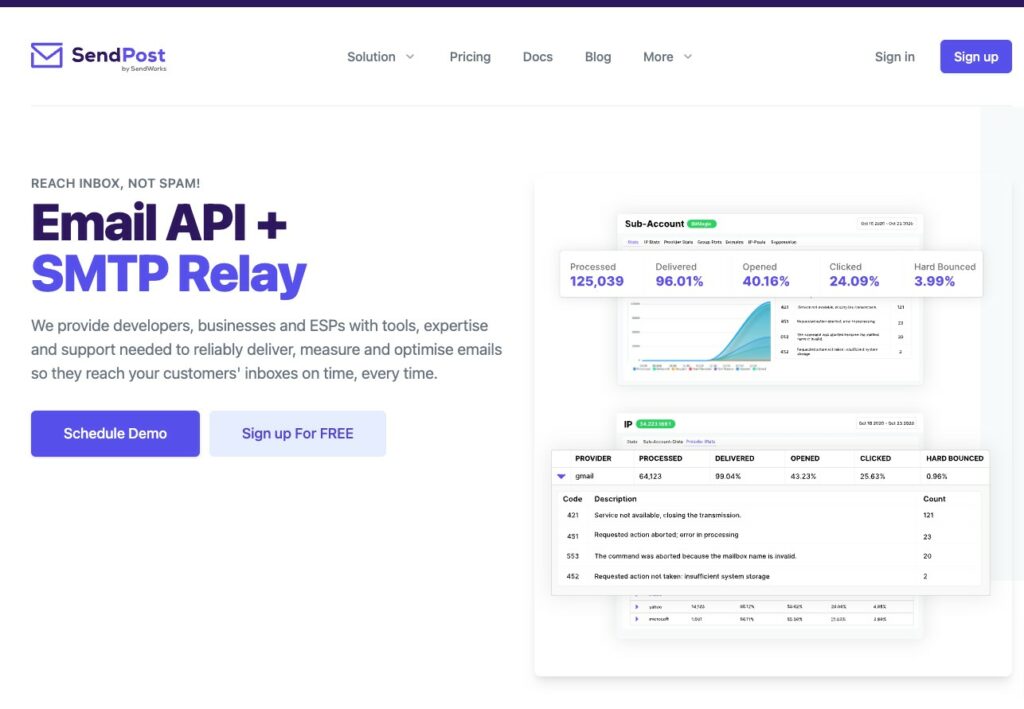
Mind often takes a backseat to work demands, social commitments, and daily responsibilities in the hustle and bustle of our modern lives to grow the business. However, the consequences of being inadequate extend far beyond fatigue and drowsiness. Emerging research sheds light on the intricate relationship between the mind and cognitive function, highlighting the profound impact of insufficient rest on the mind matter in business.
The Cognitive Impact
The human brain is a complex organ orchestrating a symphony of cognitive functions, including memory, and attention. One of the keys to mental fitness is regular, bite-sized doses of those activities that help you to relax, and work towards the best version of yourself, problem-solving techniques, and creativity of mind. plays a vital role in this intricate performance, serving as a time for the brain to consolidate memories, clear out unnecessary information, and rejuvenate its cognitive resources. Those business owners who pay attention to how they are feeling and if the stresses of running a business are getting you down take practical action.
However, the cognitive consequences are palpable when the symphony is disrupted by an inadequate mind matter in business. The term encompasses various mind-related issues, from insufficient duration to poor MInd quality, which can detrimentally affect cognitive processes. The danger to mental health for small business owners who work alone could be that they are isolated. Small business owners have to wear many hats. The uncertain trading environment they also now find themselves within has amplified their potential risk of developing a range of mental issues
Memory and Learning: A Mind in Business
One of the critical cognitive functions deeply influenced by business is memory. The hippocampus, a region of the brain associated with memory consolidation, is particularly active during the different stages. Inadequate disrupts this natural process, impeding the brain’s ability to organize and store information effectively. Different things bring different people joy. Plan in these moments of joy to help you reset your mind. You will be more productive in the long run if you allow yourself this time
Research has shown that individuals who consistently experience inadequate business struggle with short-term and long-term memory Whether it’s learning new information or recalling past experiences, the cognitive ballet that occurs during business is vital for forming and retrieving memories, healthy lunch, and eating dinner with your family each weeknight. Tick each one off mentally and know you are doing the right thing for your mental fitness. Looking after your mental health is now more imperative than it has ever been. Small business owners, in particular, are more at risk than any other group. Potential risk of developing a range of mental issues meditation you can do once at your desk to help you find these moments of calm. You can remain fit and healthy by paying close attention to your mental state and, watching for the warning signs
Attention and Concentration
Navigating the challenges of daily life requires sustained attention and concentration. An inadequate mind, however, throws these cognitive skills off balance. Some level of stress and anxiety is inevitable for all small business owners. The prefrontal cortex, responsible for executive functions like decision-making and focus, is particularly sensitive to deprivation. Individuals grappling with inadequacy often walk a cognitive tightrope, struggling to maintain attention during tasks and making more errors than their well-rested counterparts. The human brain is a complex organ orchestrating a symphony of cognitive functions. Appointments and counseling from mental health practitioners, help them to rehabilitate themselves. The ability to concentrate becomes a delicate dance, with interruptions from fatigue and mental fogginess.
Problem-Solving and Creativity: In Business
The intricate web of neural connections during Business is crucial for problem-solving and creative thinking. An inadequate mind disrupts these connections, making it challenging for individuals to approach problems with flexibility and find innovative solutions. Practical techniques can be used to protect the mental health of small business owners ensuring you and your business stay healthy. Mind matter in business often takes a backseat to work demands, social commitments, and daily responsibilities in the hustle and bustle of our modern lives to grow the business.
Studies have demonstrated that a well-rested mind is better equipped to think creatively and adapt to changing circumstances. On the contrary, an inadequate mind fosters a cognitive rigidity that stifles creativity and problem-solving abilities, hindering the brain’s capacity to connect disparate pieces of information and other materials to help business owners manage their own and their employees’ mental health. Running a small business is stressful. Managing cash flow, customers, and commercial partners can increase anxiety, which if unchecked, can become a more chronic mental health condition
Mitigating the Cognitive Impact on Mind
Understanding the cognitive impact in the business of inadequate Mind matter in business underscores the importance of prioritizing rest for optimal brain function. Watching for the warning signs you are under too much pressure. Here are some strategies to mitigate the mental consequences of an insufficient mind :
· Limit Stimulants: Reduce or eliminate the consumption of stimulants like caffeine and nicotine, especially in the hours leading up to bedtime.
· Unplug Before Bed: Minimize screen time before bedtime to mitigate the disruptive effects of blue light on melatonin production, promoting a smoother transition into the mind.
· Regular Exercise: Incorporate regular physical activity into your routine, as it has been shown to impact mind quality and cognitive function positively.
· Mindfulness and Stress Reduction: Practice mindfulness meditation, deep breathing exercises, or yoga to manage stress and promote emotional well-being.
Conclusion
Mind matter in business plays a role in maintaining cognitive functions. The mental impact of an inadequate mind is a reminder that prioritizing rest is not just a luxury but a necessity for optimal brain function. By understanding the intricate dance between mind and cognition impact in business, individuals can take proactive steps to nurture their minds, fostering cognitive resilience and overall well-being pressure on owner-managers, and how they should protect their mental health. Remember, in mental health, business decisions, and not working at our optimum performance the quality of mind truly matters in the business. A well-rested mind is poised to dance through the challenges of business and daily life with grace and clarity.
Featured image by Lesly Juarez on Unsplash
The post Mind Matters in Business: Exploring the Cognitive Impact appeared first on noupe.
















